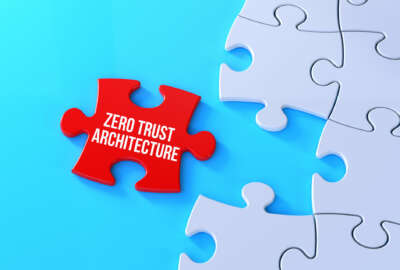
Zero Trust Architecture is gaining prominence in cybersecurity strategies, especially within government agencies. But achieving optimal security necessitates a keen focus on the underlying data and how it’s managed within the architecture. A robust Zero Trust implementation hinges on effective data governance and secure data practices. The challenge lies in ensuring that data isn’t just protected, but that it remains accessible and useful, too.
Data security challenges often arise from the complexity of data landscapes. Agencies often have multiple data sources, storage solutions, and applications. This complexity can make it difficult to implement consistent security policies across all data assets. Furthermore, securing data at rest and in transit is a critical aspect of establishing a true Zero Trust environment.
Key strategies for agencies to improve their Zero Trust architecture involve data-centric approaches:
- Data inventory and classification: Begin by thoroughly cataloging and classifying all data assets. This involves identifying where data resides, what types of data are present, and assigning appropriate sensitivity levels.
- Data access controls: Implement strict access controls based on the principle of least privilege. This ensures that users only have access to the data they specifically need to perform their job functions.
- Data encryption: Encrypt data both at rest and in transit to prevent unauthorized access. This adds a critical layer of protection, even if a security breach occurs.
- Continuous monitoring: Employ real-time monitoring and analytics tools to detect and respond to suspicious activities swiftly. This includes monitoring data access patterns, system logs, and network traffic.
- Data loss prevention (DLP): Implement DLP measures to prevent sensitive data from leaving the agency’s control. This might include using data loss prevention tools, monitoring email communications, and establishing policies for data sharing.
By addressing data-related issues, agencies can build stronger, more resilient Zero Trust architectures, reducing risks and improving their overall security posture.


